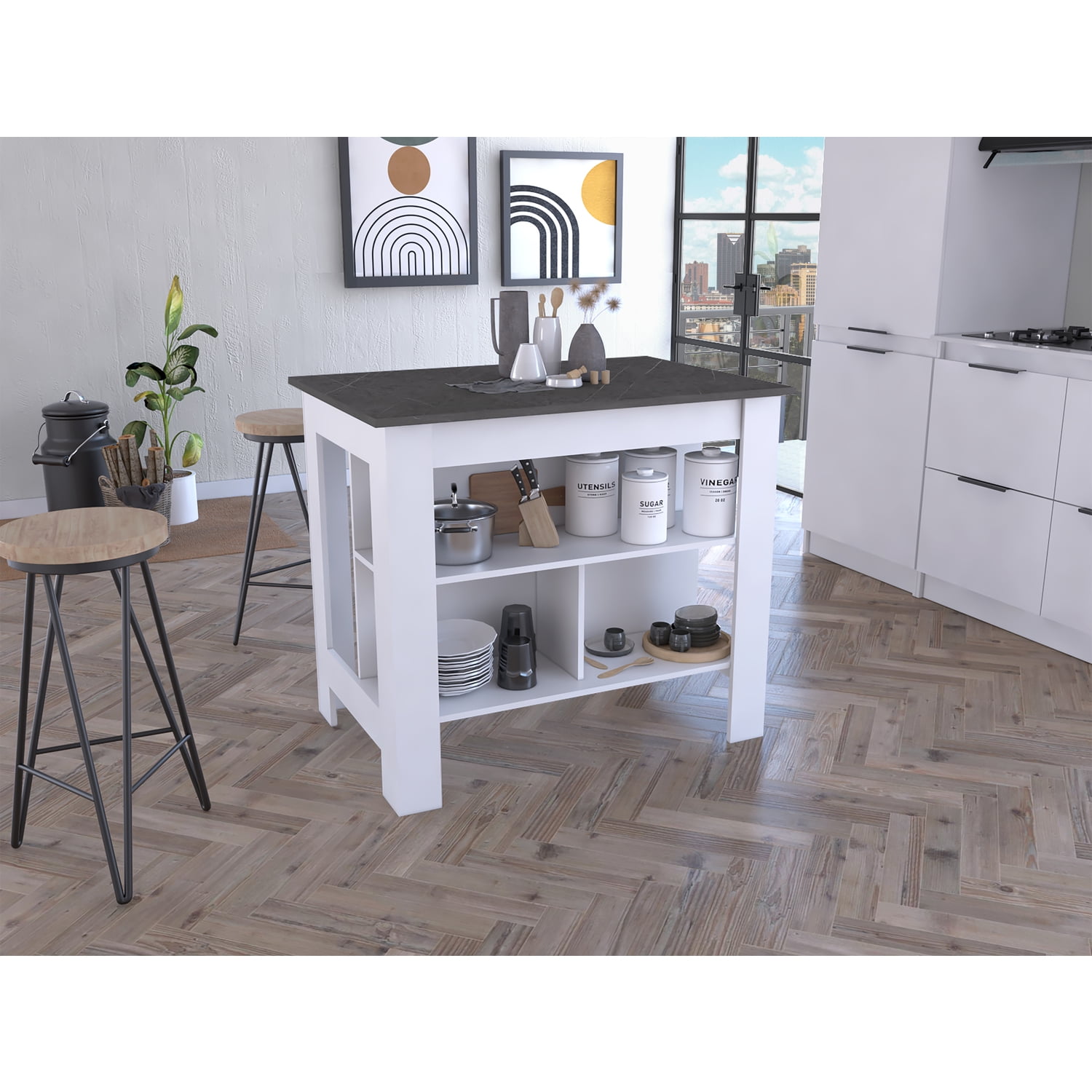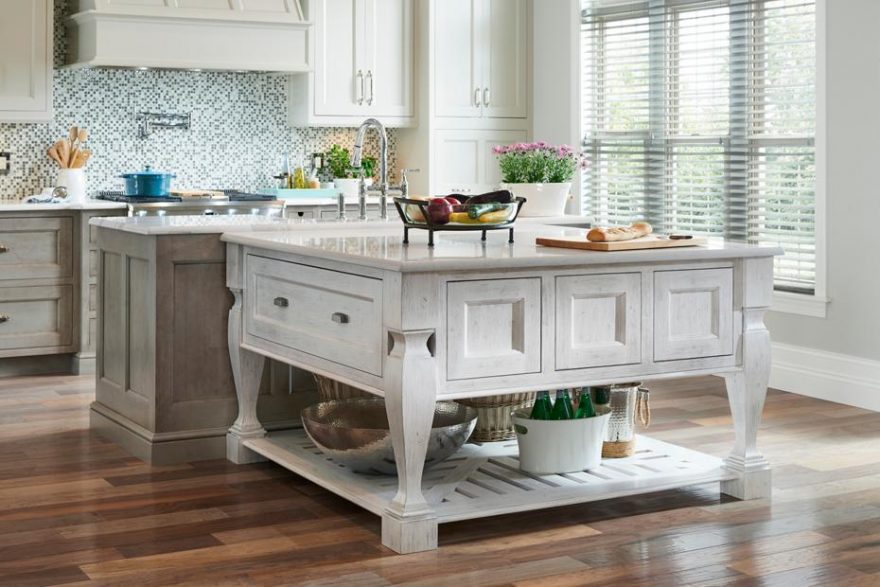Customize Your Kitchen Look with Distinct Legs For Kitchen Island Choices
Customize Your Kitchen Look with Distinct Legs For Kitchen Island Choices
Blog Article
A Guide to Picking the Perfect Legs For Kitchen Island for Your Home
Selecting the excellent legs for your kitchen area island is a nuanced choice that impacts both the functionality and aesthetic charm of this main area. As you take into consideration these components, it ends up being apparent that the appropriate legs can change not only the appearance of your kitchen area however additionally its usability for years to come.

Comprehending Kitchen Island Legs
When selecting legs for a kitchen island, it's important to comprehend their visual and functional roles in the total design. The legs work as a critical support group, making sure stability and sturdiness for the island, which frequently operates as a work area, eating area, or collecting area. As a result, the selection of product and construction method must be robust enough to stand up to daily use and potential wear.
In addition to their architectural duties, legs contribute significantly to the island's aesthetic appeal. They can boost the kitchen's style, whether through traditional, contemporary, or diverse styles. The elevation and percentage of the legs are likewise vital factors to consider; they should harmonize with the island's kitchen counter elevation while guaranteeing comfortable seating for those using the area.
Furthermore, the leg layout can affect the total circulation of the kitchen area. Open, airy leg styles can produce a feeling of lightness, while solid, substantial legs might share a much more grounded and steady visual - Legs For Kitchen Island. Recognizing these visual and practical facets will guide property owners in making educated choices that match their kitchen's design and enhance its use
Popular Styles and Products
The option of legs for a kitchen area island encompasses a selection of popular styles and materials, each offering one-of-a-kind attributes that can boost both functionality and visual appeals. Among one of the most sought-after designs are modern, rustic, and traditional. Contemporary legs frequently feature smooth, minimalist designs that emphasize simplicity and tidy lines, making them ideal for modern-day kitchen areas. Rustic styles, on the other hand, embrace natural environments and usually display reclaimed wood or troubled coatings, adding warmth and appeal to the space. Standard legs generally exhibit elaborate information and craftsmanship, boosting classic kitchen area designs.

Height and Stability Considerations

Stability is another essential factor to consider. The legs of the kitchen island should offer adequate support, making certain that the structure can endure daily usage without moving or tottering. Material selection plays a substantial role in security; metal legs, as an example, often tend to offer better stamina compared to timber. Additionally, guaranteeing that the island is firmly secured to the flooring or wall can enhance stability, particularly for bigger islands that may birth substantial weight.
Matching Your Cooking Area Visual
Picking the right legs for your cooking area island surpasses performance; it additionally plays a considerable role in the Source general visual of the space. When picking legs, think about the design style of your kitchen area. For a contemporary appearance, smooth steel or minimalist designs can produce a tidy, modern-day ambiance. On the other hand, traditional or rustic cooking areas typically benefit from wood legs with detailed outlining or a distressed coating, enhancing warmth and character.
Shade is another important element. Legs that enhance or comparison with your island's surface area and surrounding kitchen cabinetry can create visual harmony or striking prime focus. As an example, pairing dark timber legs with a light marble kitchen counter can add deepness and interest. Additionally, think about the coating of the legs; matte, glossy, or distinctive surfaces can considerably affect the general feeling of the cooking area.
Installation and Upkeep Tips
Setting up kitchen area island legs requires cautious attention to information to make sure both security and aesthetic charm. Begin by selecting an appropriate location for your island, ensuring it is level and has enough space for motion. If you are attaching the legs to a wall surface or making use of brackets for included support, make use of a stud finder to locate wall surface studs. Mark the placement of the legs accurately before drilling.
When securing the legs, use premium screws and, if necessary, wood adhesive for added toughness. For steel legs, make certain that you are utilizing suitable supports and devices to stop damages to your flooring. It is recommended to examine for levelness after installation, making adjustments as needed to avoid wobbling.
Maintenance is just as crucial for durability - Legs For Kitchen Island. Consistently check the legs for any signs of wear or loosening, especially in high-traffic locations. Tidy the legs with an appropriate cleaner, avoiding unpleasant materials that might scratch the surface area. For wooden legs, take into consideration applying a timber conditioner occasionally to keep their surface. By following imp source these installment and upkeep ideas, you can guarantee that your kitchen area island legs remain both visually attractive and practical.
Verdict
In final thought, selecting the appropriate legs for a kitchen island necessitates careful consideration of elevation, security, and aesthetic compatibility. Inevitably, thoughtful leg choice plays an essential function in boosting both the functionality and layout of the kitchen room.
When choosing legs for a kitchen area island, it's vital to understand their aesthetic and functional duties in the overall design. Open, airy leg styles can create a feeling of lightness, while strong, significant legs may convey a look these up more based and steady aesthetic. The legs of the cooking area island need to provide adequate support, guaranteeing that the framework can withstand day-to-day usage without wobbling or moving.Setting up kitchen island legs calls for cautious interest to information to ensure both security and aesthetic appeal.In conclusion, selecting the proper legs for a kitchen area island necessitates careful factor to consider of height, security, and visual compatibility.
Report this page